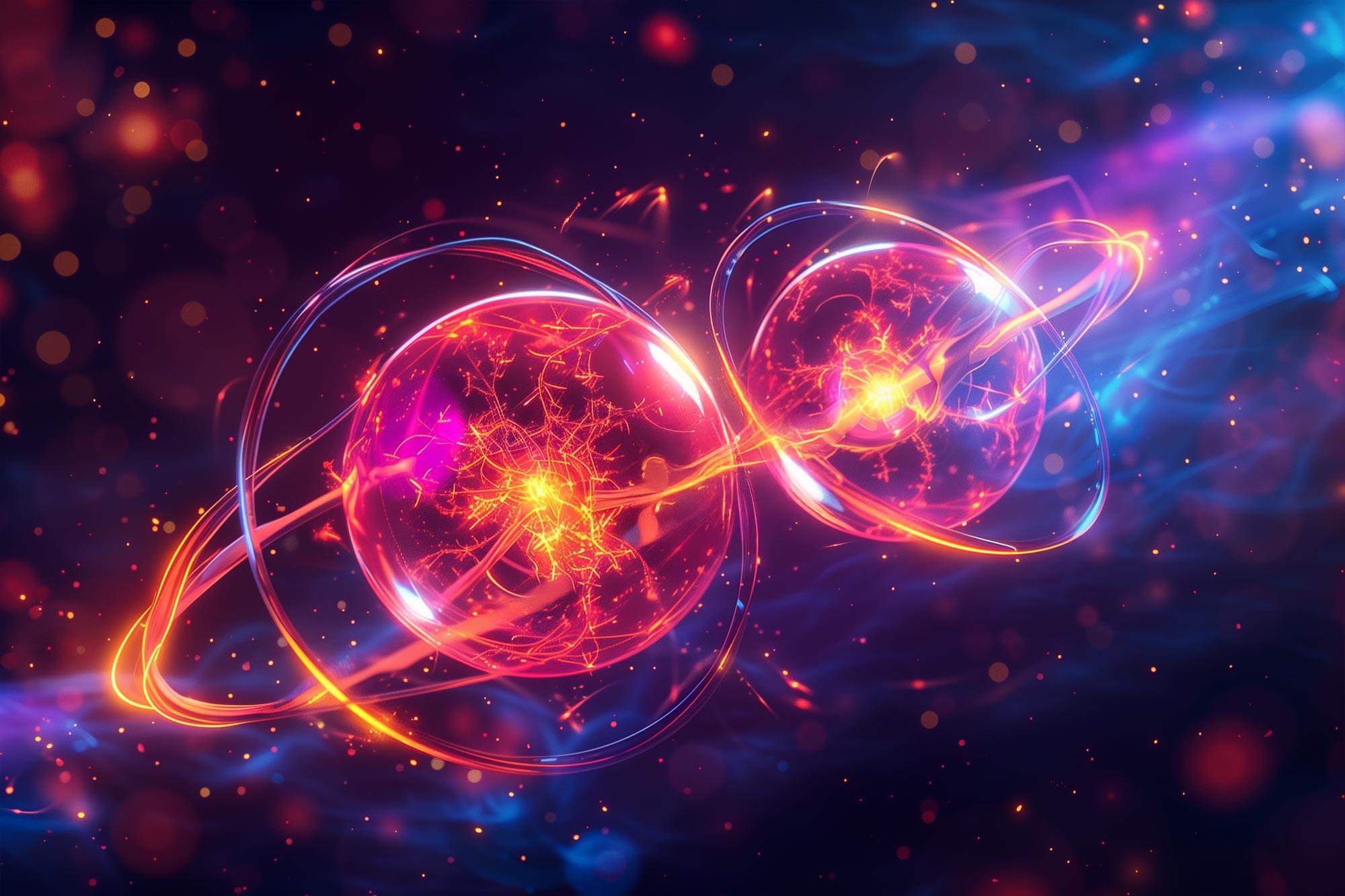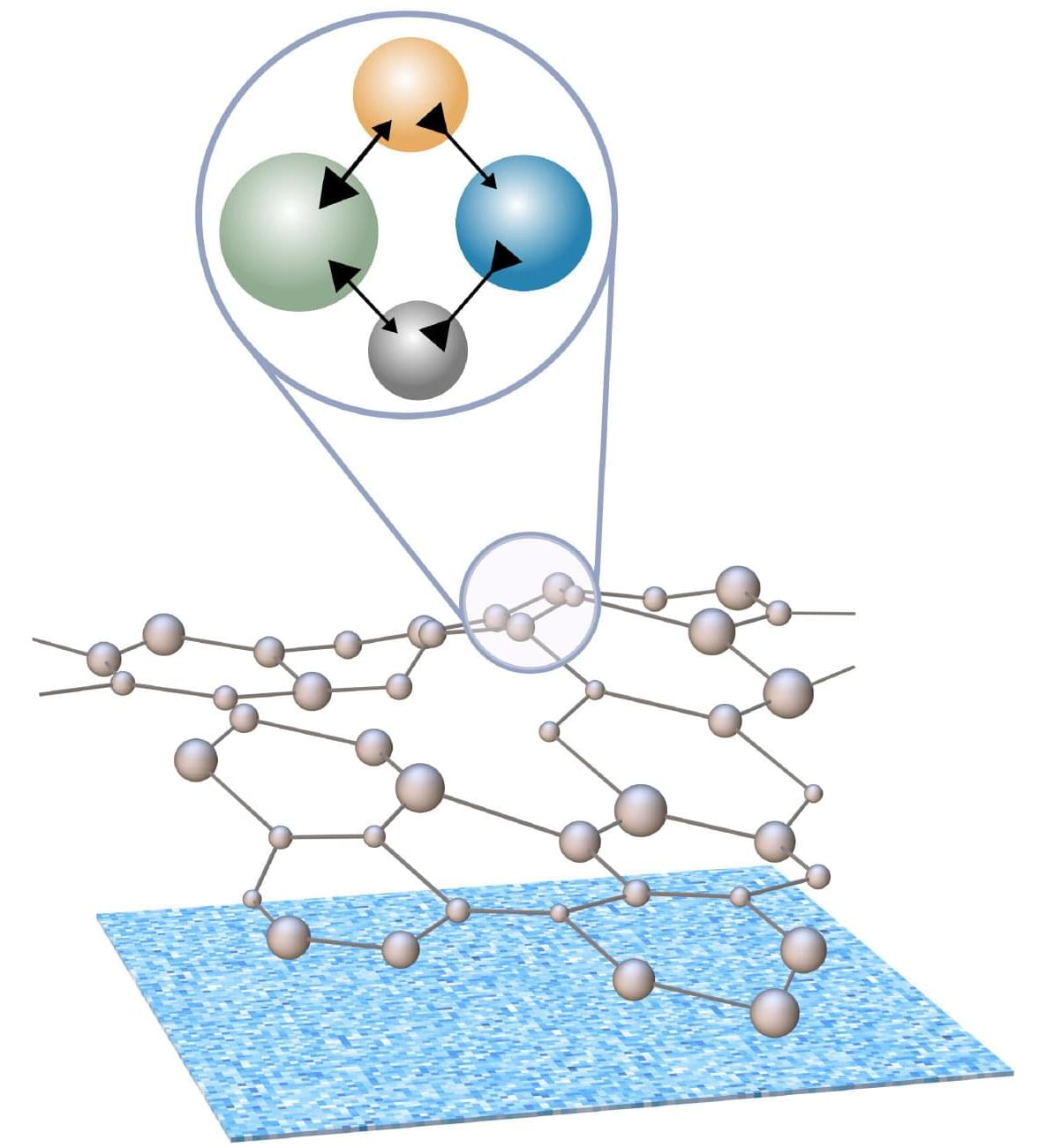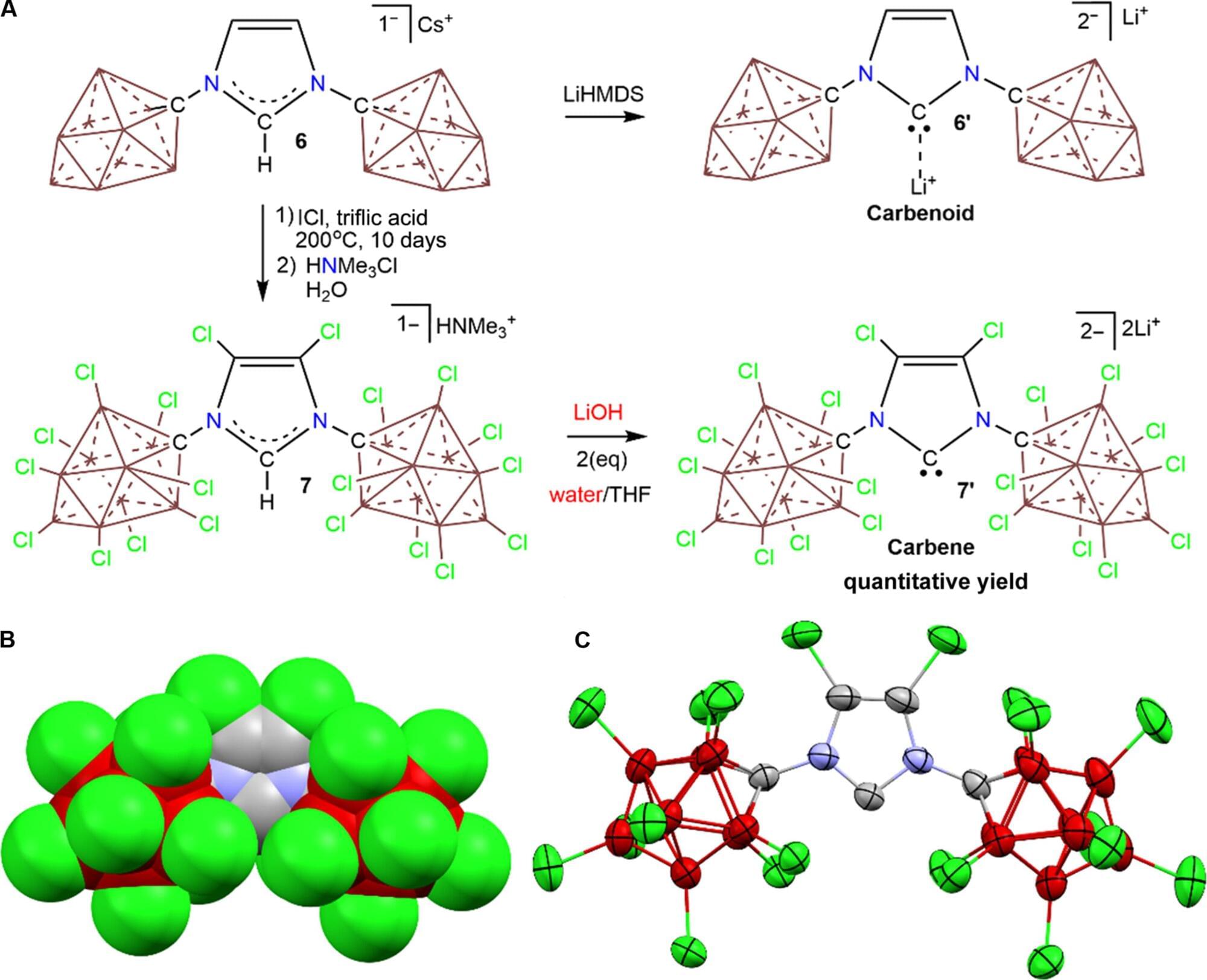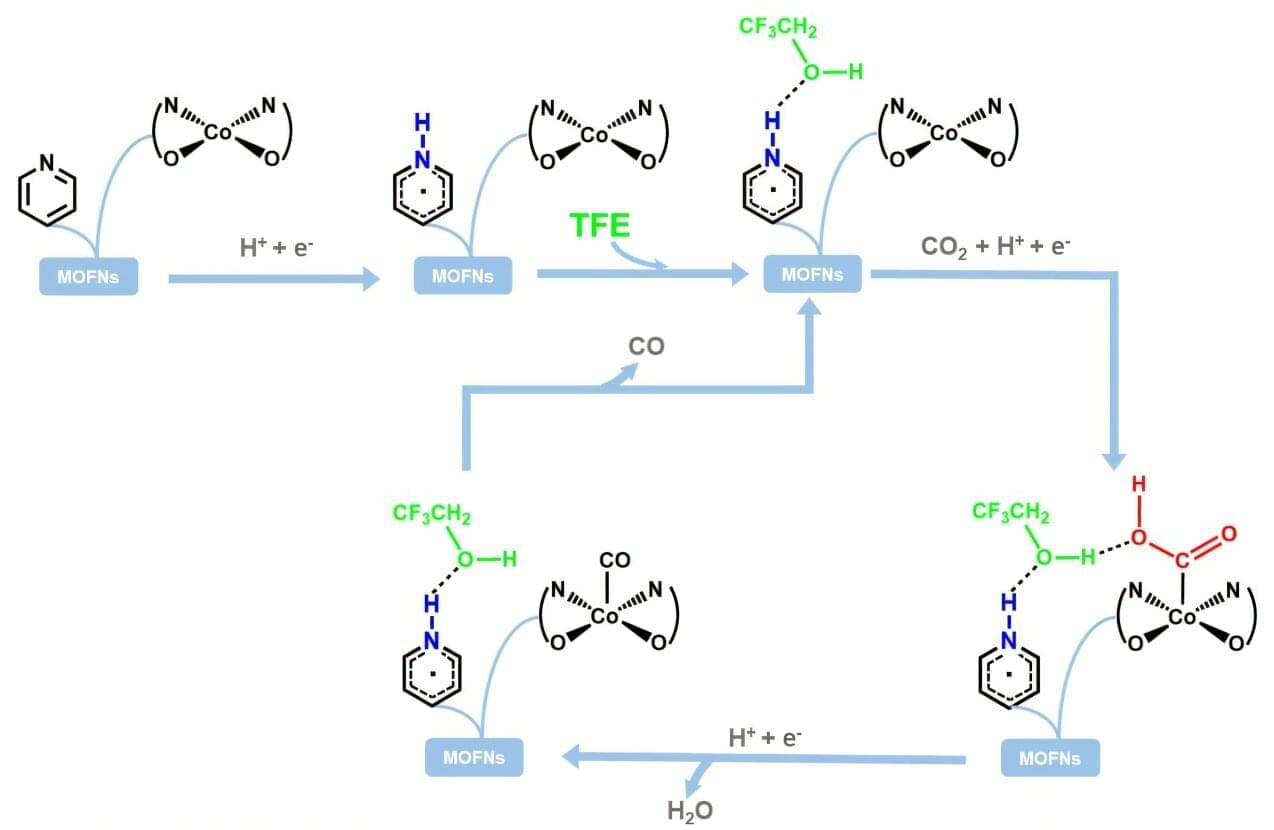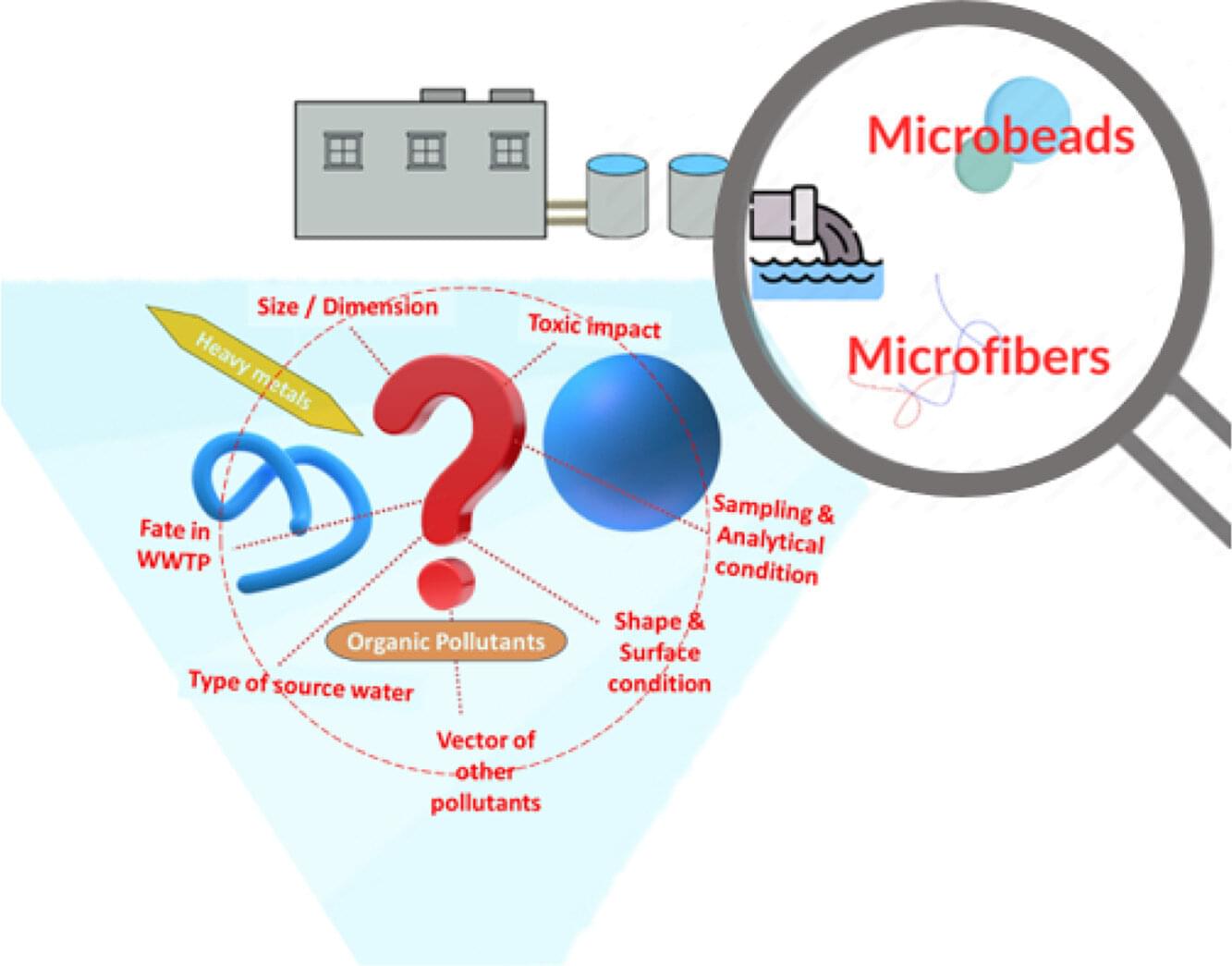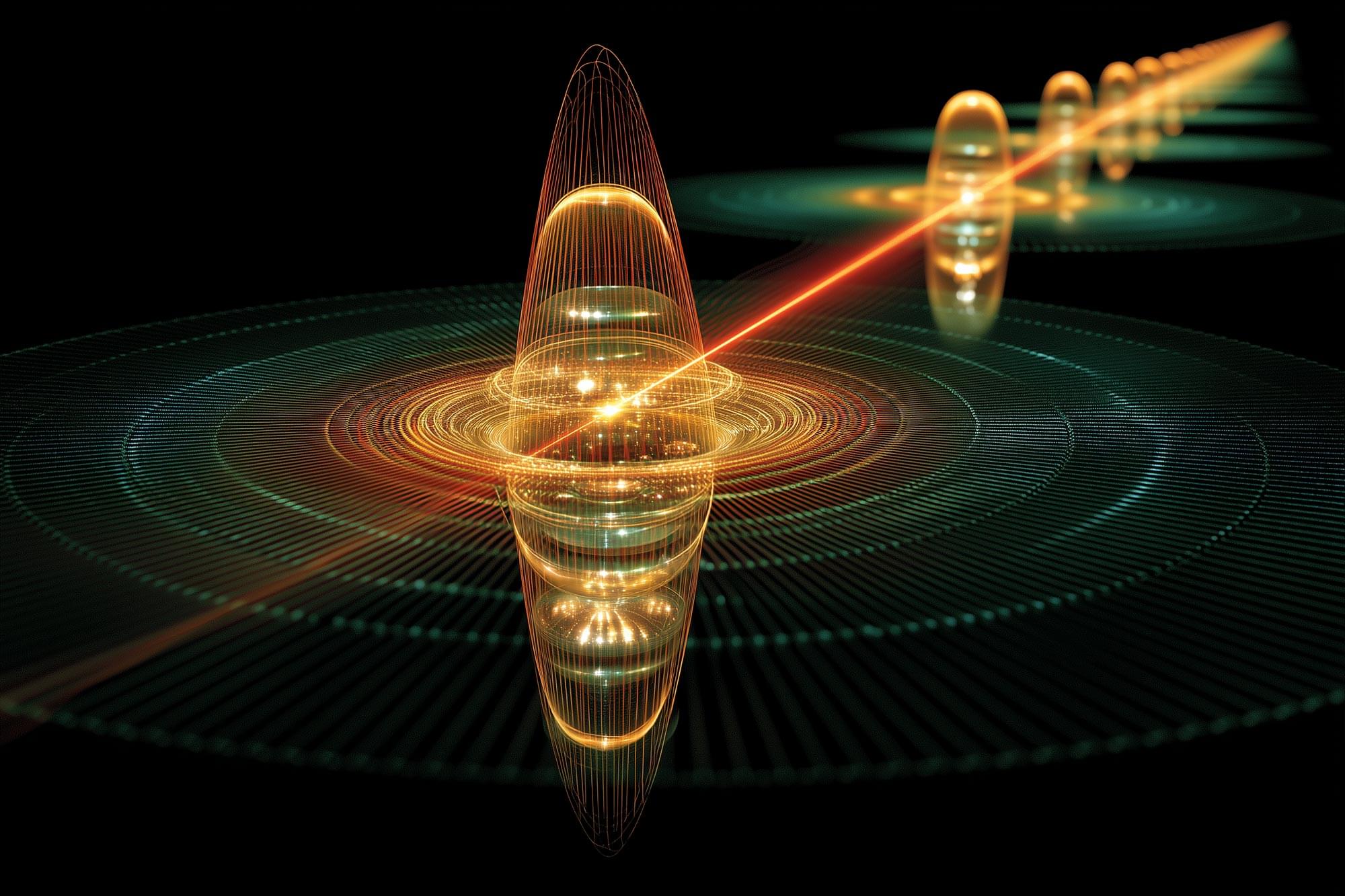Researchers from the Institute of Modern Physics (IMP) of the Chinese Academy of Sciences (CAS) have proposed a key indicator that may reveal the emergence of quark-gluon plasma (QGP) by analyzing particle “fingerprints” generated in heavy-ion collisions.
Published in Physics Letters B, the study provides a new perspective for exploring the evolution of matter in the early universe.
About 13.8 billion years ago, within a millionth of a second after the Big Bang, the universe existed in an ultra-hot and dense state. Instead of protons and neutrons, the fundamental building blocks of matter were free quarks and gluons—a unique state known as QGP. As the universe expanded and cooled, the QGP gradually condensed into the atomic nuclei we recognize today.

